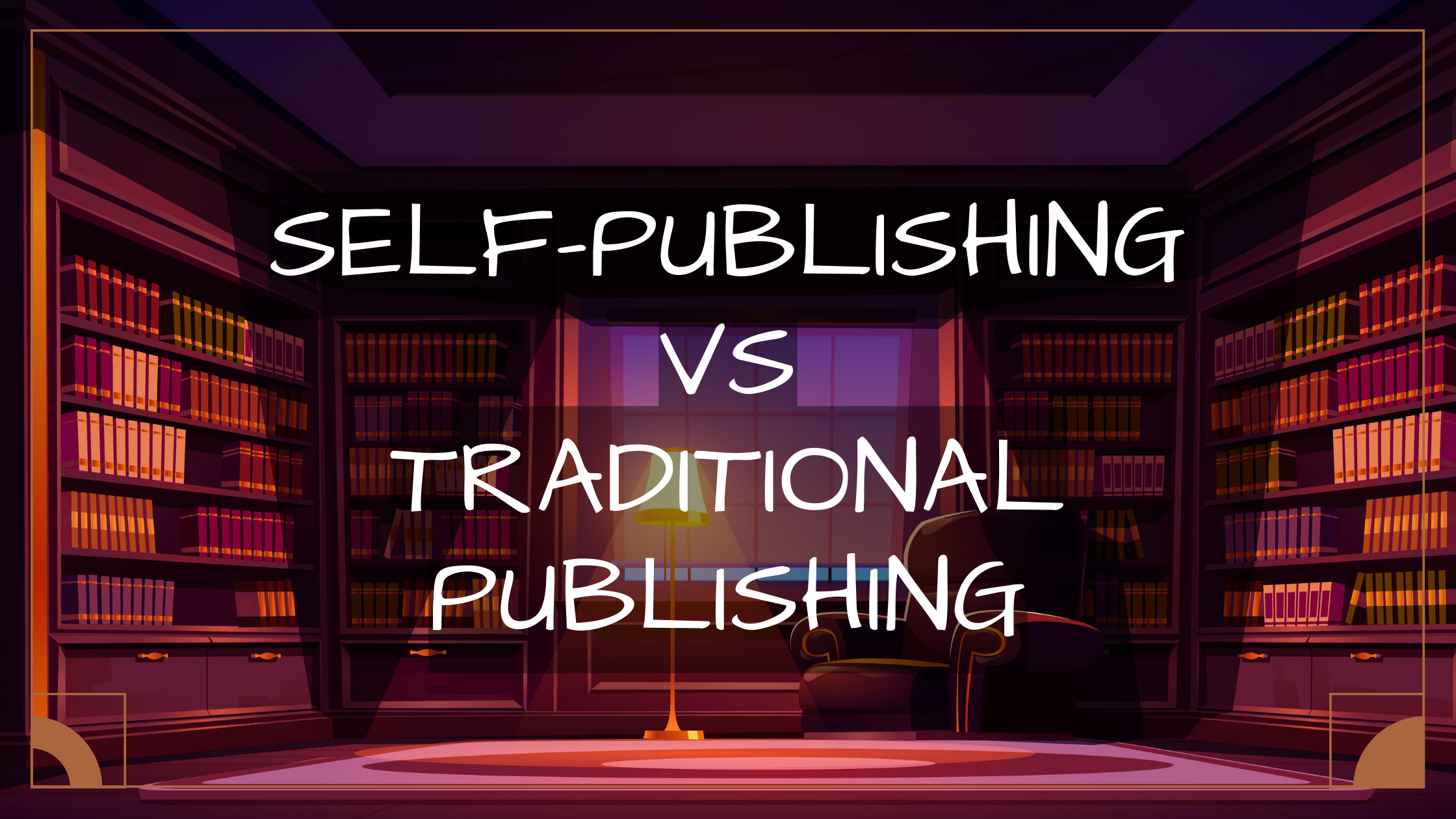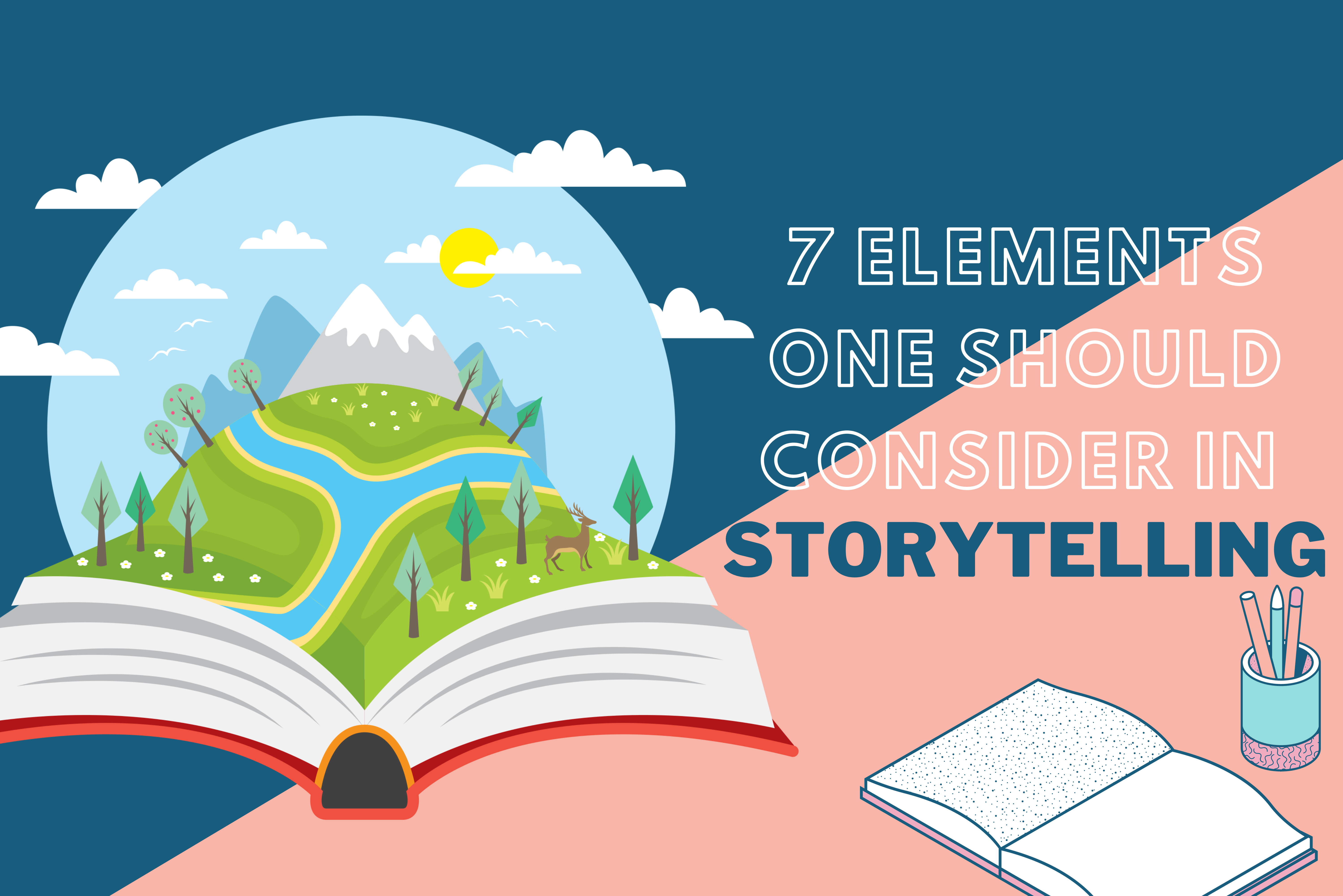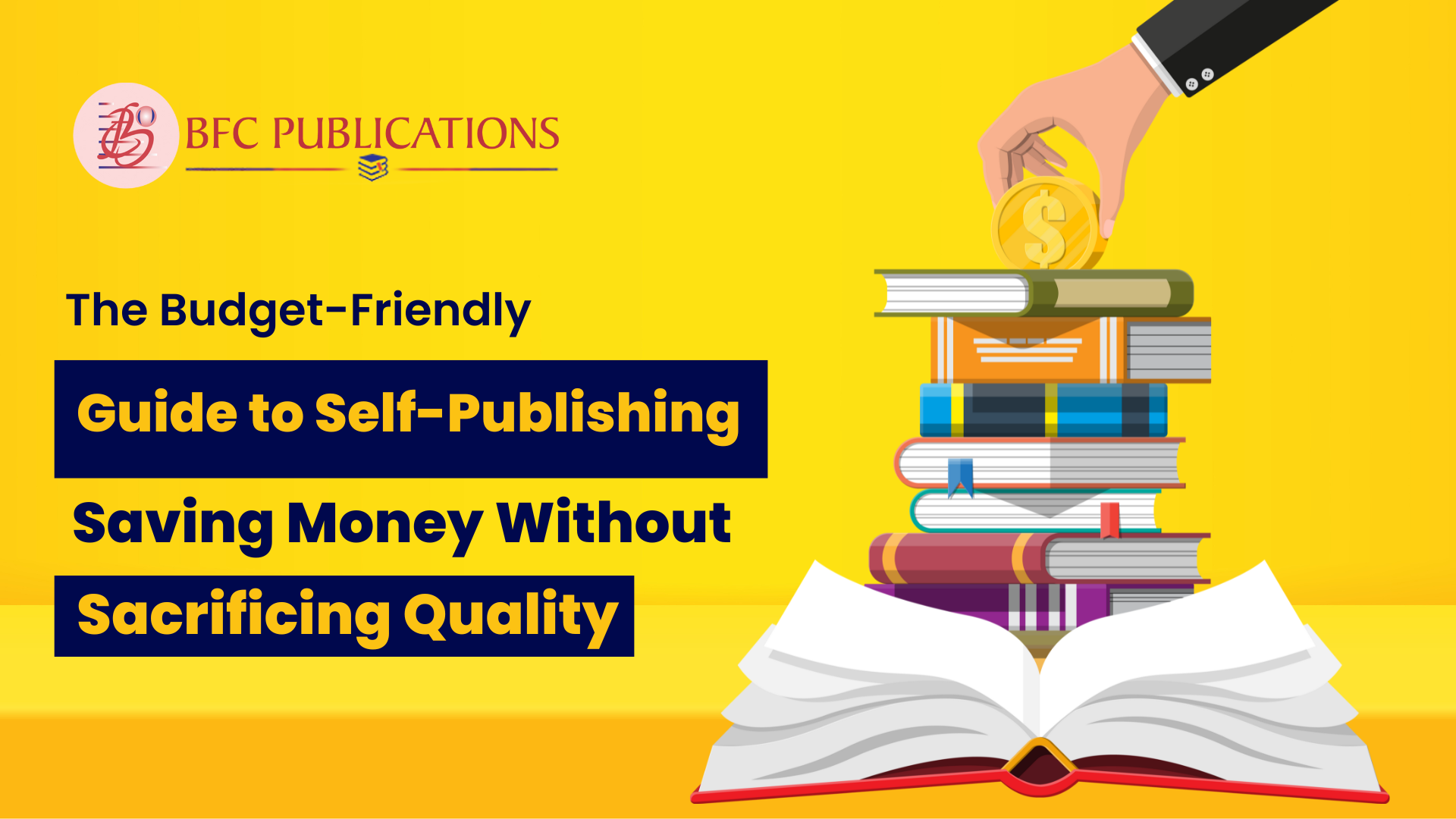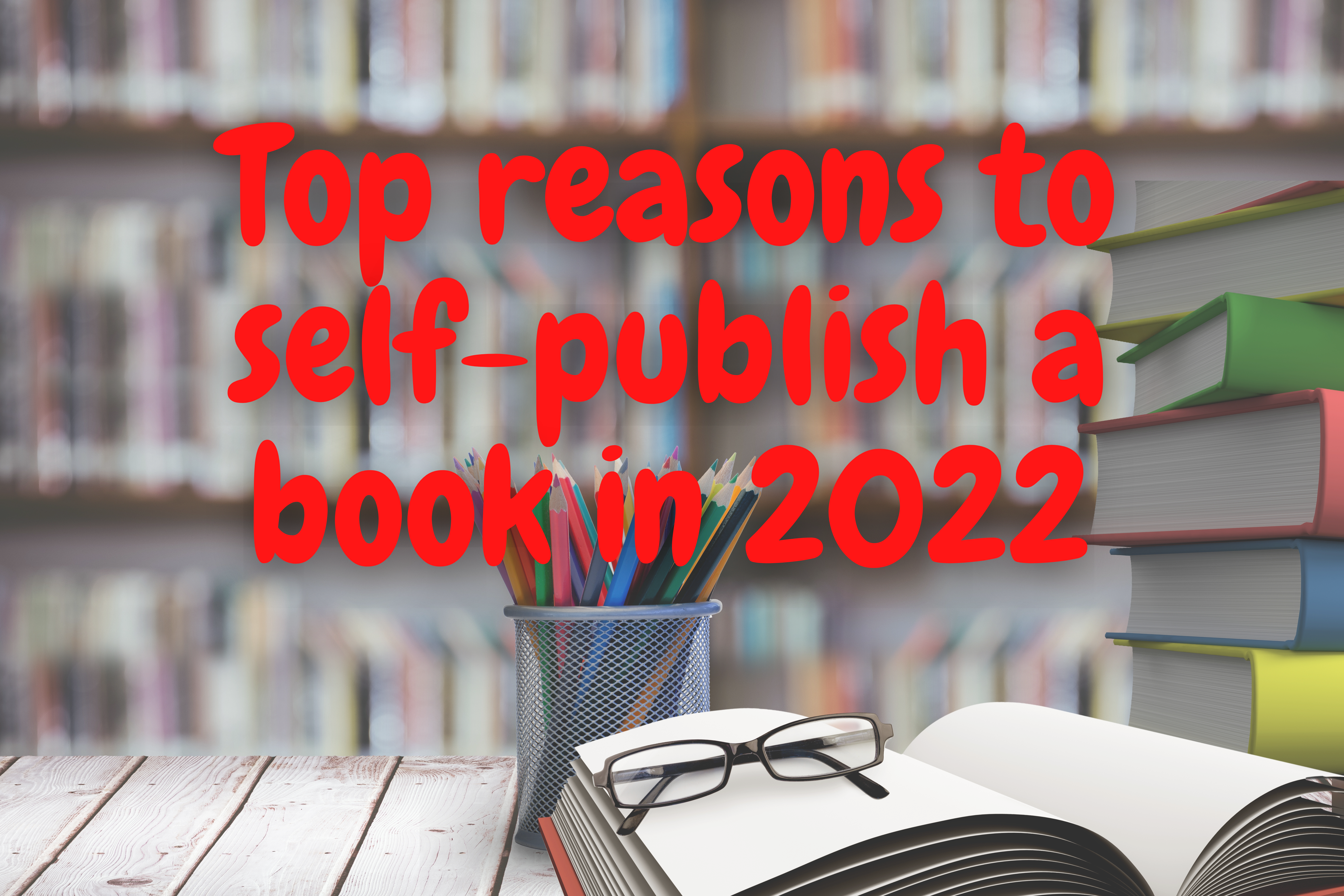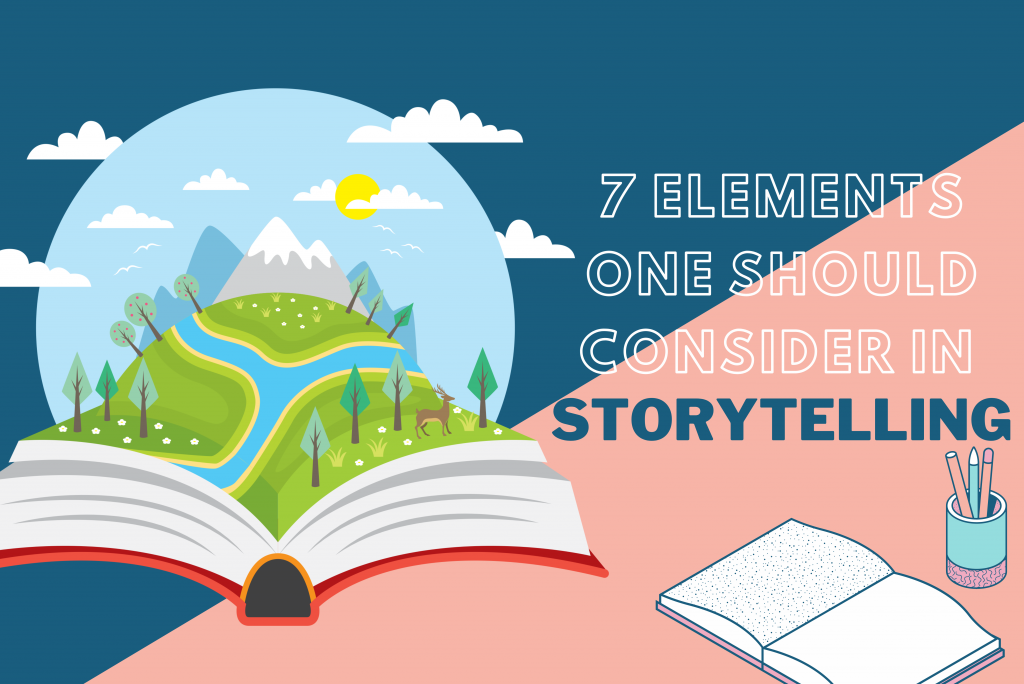
Storytelling is a self-explanatory term that refers to the act of telling a story to the world in the way the storyteller wants to tell it. However, conveying a tale to the rest of the world in a way that resonates with the reader and leaves an impression on the audience can be difficult.
In order to construct a flawless storyline, a storyteller must keep certain elements intact. When it comes to self-publishing a story, there are certain elements and considerations to keep in mind.
Understanding the audience when creating a story is a must and making changes according to the responses and feedback of the reader is what makes a story great.
Mentioned below are certain elements that a storyteller must remember before creating a gripping story-
Plot
The plot is basically the center of any story. It’s like an event calendar depicting the events and developments happening in a story at a certain point in time. One of the most crucial aspects of storytelling is the plot. The storyline of a tale describes the story’s genre as well as the character flow. It’s critical to have a plot that keeps the audience engaged. It’s also essential to arouse the reader’s curiosity in order to keep them glued to their seats.
Character
Character is something that gives a story depth, and a character helps the plot flow in the right direction. Character development is an essential aspect of self-publishing a book because it uplifts the plot. Characters might have specific traits, which must be maintained throughout the story. For example, if a character is written as aggressive, they are more likely to make rash decisions rather than rational ones. As the story progresses, it’s critical to develop the character according to their instinctive behaviour.
Setting
It’s a concept that takes the reader on a journey from one location to another. Setting depicts the time, place, environment and so on in which the character acts. A setting primarily tells the background in which a plot is happening, and the character is operating. However, when self-publishing a book, it is vital to build a high-quality set that conveys the essence of the author’s intended setting to the audience.
Theme
The theme is the central notion of any story or the subject of a book. The story’s theme is essentially the depiction of the story’s genre. However, the theme of the story should not be confused with the plot of the story. A plot describes the events of a story, whereas a theme is a concept that runs throughout the storyline.
The theme is similar to a message that the author wishes to convey to the audience. It is an essential aspect of storytelling because it explains why the author wrote the story.
Conflict
Conflict is a plot line that occurs in a story for the main character. It’s a crucial part of storytelling since it produces a sense of curiosity and suspense in the reader’s mind. Conflict adds drama and obstacles to the main character’s life while also keeping the plot intriguing and the audience engaged. As the phrase goes, there is no story without a conflict, and no one wants to read a story where everything goes smoothly and is all hunky-dory.
However, conflicts can be of two types, internal and external. Internal conflicts are the conflicts that the main character or protagonist faces within themselves. It can be anything that the character faces within or a desire that has been fuelling up in the character’s mind and needs to be fulfilled. It can also be a mental conflict regarding the right and wrong of a decision. Whereas, when talking about external conflicts, it can be anything that hinders the main character in the world. It could be an issue arising from completing a task or a dispute with an opposition.
Resolution
Now, after the conflict comes the resolution, it is just as crucial to create conflict in the story to keep the audience engaged as it is to resolve that conflict. It is not advisable to leave the reader hanging after establishing a conflict unless the author intends to continue the story in a sequel.
However, when resolving a conflict or creating an ending for the same, it is not necessary to go with the concept of “Happily ever after”.
One can alter the ending by not allowing the protagonist to win or get what they wanted and make them learn a lesson. It is essential to choose the resolution part as it depicts the message the author is planning to deliver.
Pacing
Pacing is one of the most overlooked elements of storytelling. It’s simply the rate at which the plot progresses. The duration of a scene and the rate at which the readers provide information define the story’s pace.
Pacing impacts a tale’s moods, allows readers to connect with a character scene by scene, and aids in the story’s development. However, a tale can be disrupted by a speed that is too fast or too sluggish, and it is vital to maintain the tempo in order to keep the audience engaged.
That’s it! 7 Elements one should consider in storytelling. Don’t forget to check out our previous post on “Traditional Publishing vs Self-Publishing – The Good & The Bad” if you are looking to get your book self-published. Also, please share your thoughts on this post by leaving a reply in the comments section. You can also reach out to us by visiting our website https://bfcpublications.com/.


